
Politics
13:15, 20-Oct-2018
State of the Race: Trump rallies base, polls favor Democrats
Updated
13:05, 23-Oct-2018
By John Goodrich, Zhao Hong
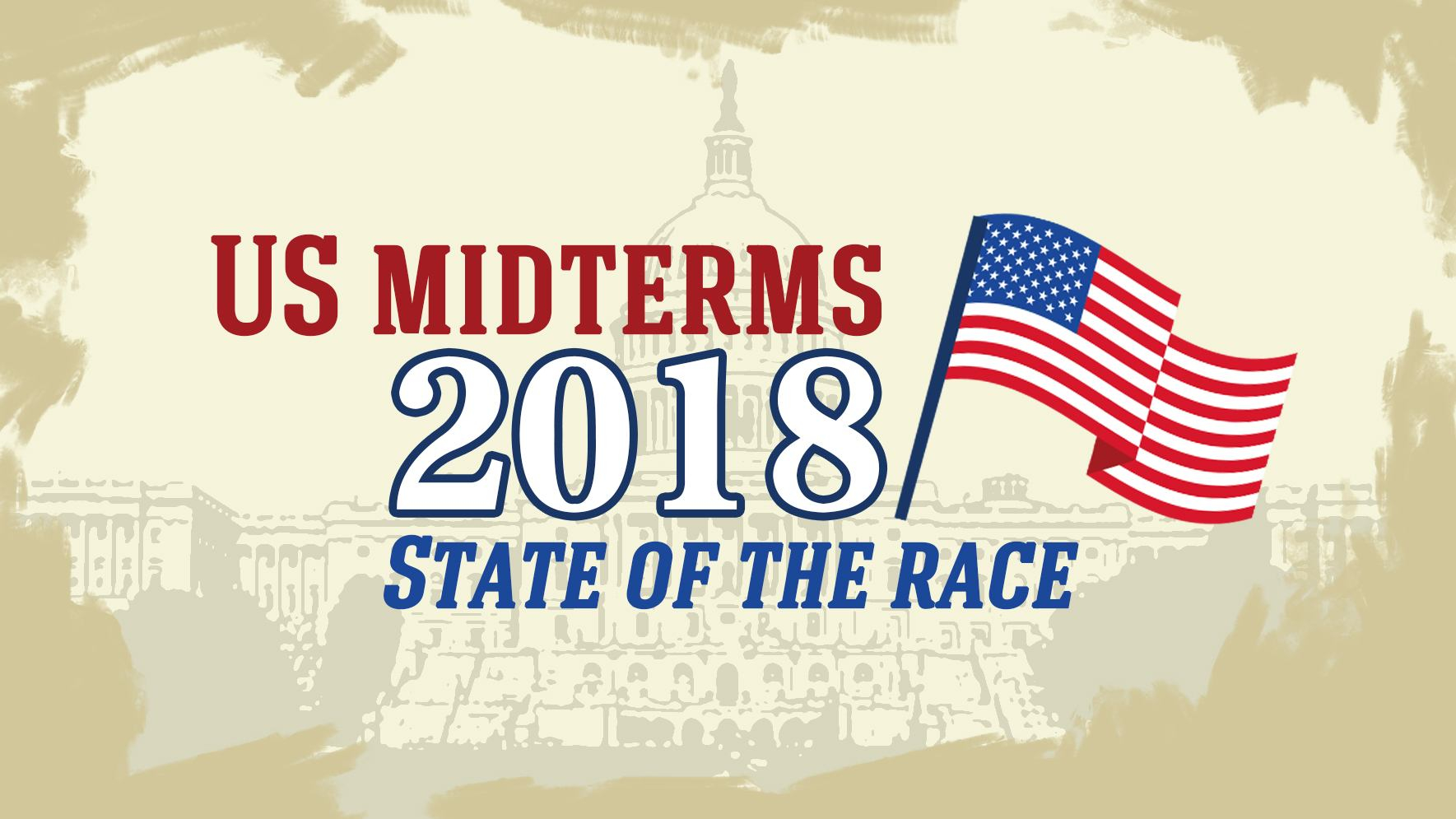
Republicans attempted to push border security to the top of the agenda this week as key indicators continued to suggest the US public will vote to check the power of President Donald Trump in the November 6 midterm elections.
Last week: Democrats trend up, Trump approval drops
What's happened in the past week?
A hardline approach to immigration was one of the key drivers to Trump's election and has been one of the policy hallmarks of his presidency.
This week Trump again used the issue to appeal to his base ahead of the midterms. He tweeted a threat to deploy the military and close the southern border if Mexico does not halt a caravan of Central American migrants heading toward the US.
A Pew Research survey this week showed that illegal immigration was the highest-ranked issue among Republican likely voters (75 percent), but the lowest-ranked among likely Democratic voters (19 percent).
Although border security has been a key part of the Trump message, some Republican candidates have treaded carefully, given that policies like the "Muslim ban" and the separation of families turned off moderates in their party and independents.
The White House's stance on immigration is also fueling Latino interest in the election. A tracking poll from Latino Decisions released on Friday showed that 72 percent of registered Latino voters, of whom there are around 29 million in the US, are likely to vote and 69 percent are likely to vote Democratic.
Indicators
Generic ballot
The Democrats have extended their lead over the Republicans in the generic congressional ballot, an indicator averaging how people say they would vote in an election irrelevant of district or state.
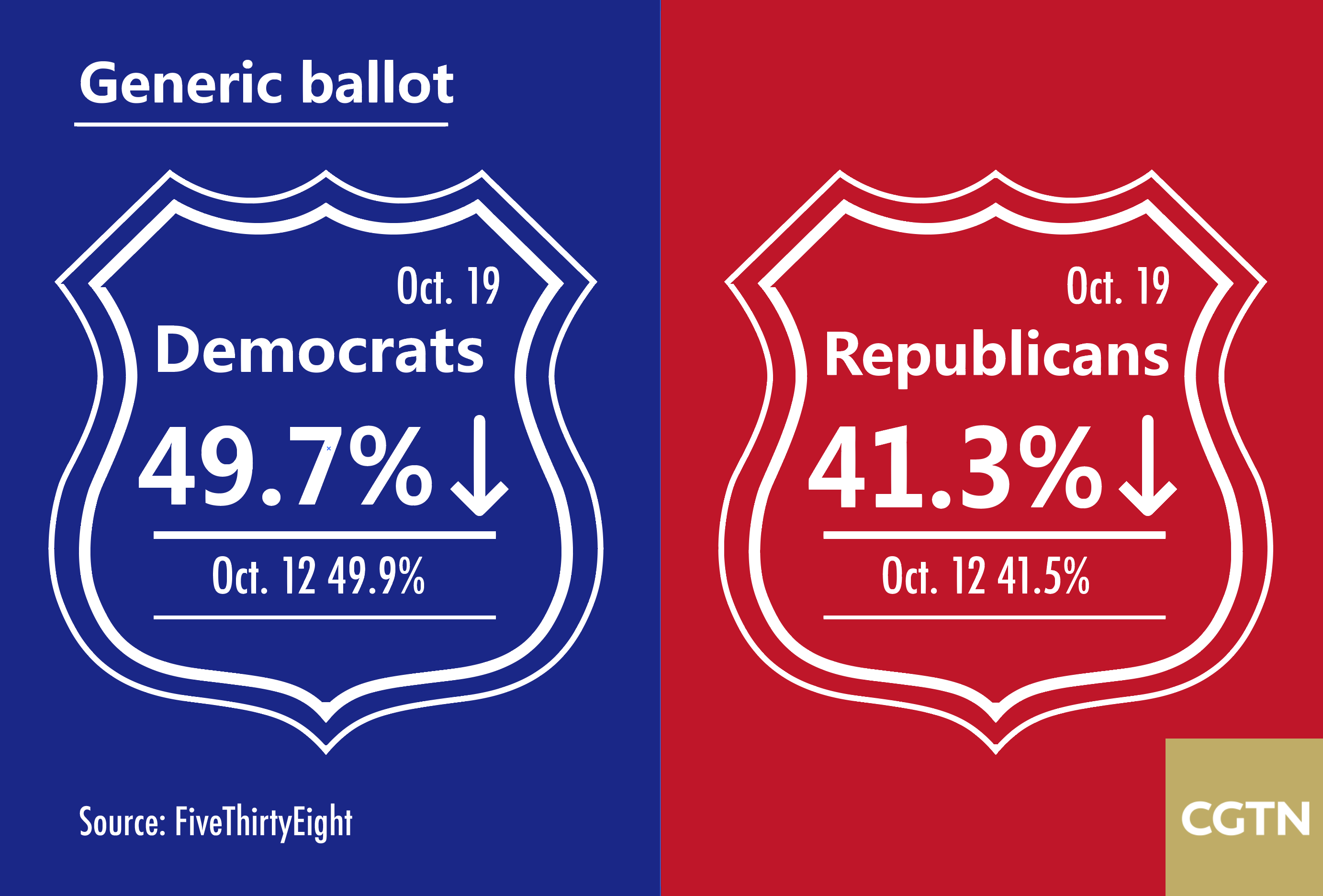
The latest calculation from FiveThirtyEight puts the Democrats 8.4 points ahead of the Republicans with 49.7 to 41.3 percent. The percentages for both parties decreased by 0.2 percent.
CNBC analysts say a 12-point gap would probably be required for a "blue wave" – Democratic victories in both houses of Congress – while a six-to seven-point margin would probably be needed for the Democrats to take just the House.
Indicator favors: DEMOCRATS
Presidential approval
Donald Trump isn't on the ballot on November 6, but midterm elections are a referendum on the sitting president – 60 percent of people see their vote as an expression of opposition or support toward the man in the White House, according to a September Pew Research Center poll.
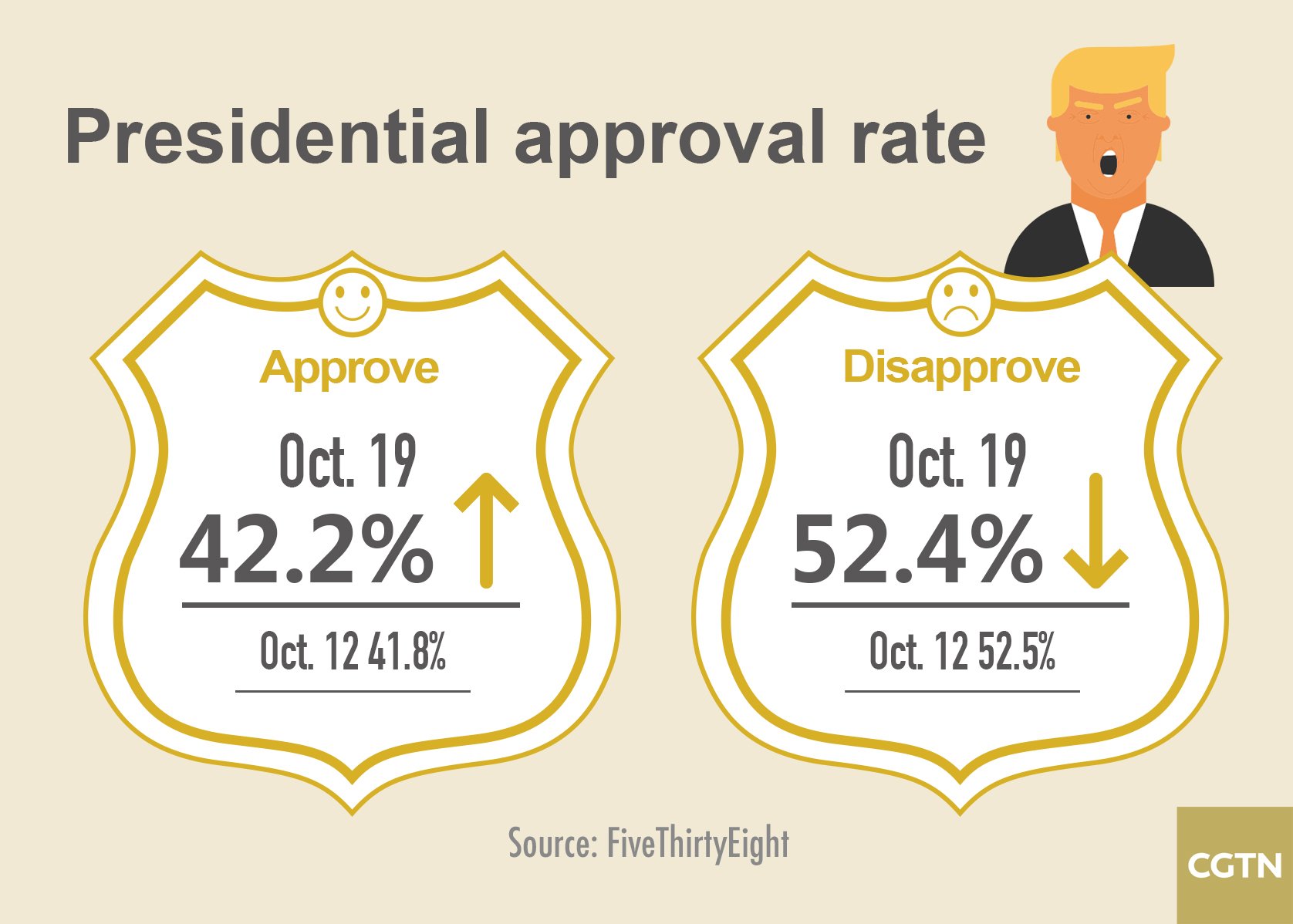
A president's party nearly always suffers a net loss in midterm elections – Gallup's polling history shows that presidents with approval ratings of below 50 percent have seen their party lose an average of 37 House seats in midterms.
Trump's approval rating of 42.2 percent on October 19, according to a FiveThirtyEight calculation of multiple polls, was up 0.4 percentage points a week earlier.
Indicator favors: DEMOCRATS
Voter enthusiasm
In the 2014 midterms, only 35.9 percent of eligible adults voted, but the Trump presidency has motivated both sides and in 2018, turnout could hit a 50-year high.
Michael McDonald, a professor at the University of Florida, told NPR that he expected 45 to 50 percent of eligible voters will cast a ballot – the highest since 47 percent in 1970.
A mid-October ABC/Washington Post poll shows a significant gender gap, meanwhile, and good news for the Democrats lies within it.
Women who are registered to vote support Democratic candidates by 59-37 percent, while men split 46 percent to 48. Seventy percent of women now say it's more important to vote this year than in past midterms, against 62 percent of men.
White voters favor Republicans by six points, the poll shows, down from 18 in 2014. Among non-white voters, who make up about 32 percent of the electorate, the Democrats have a massive 46-point lead.
Indicator favors: DEMOCRATS
Races
House of Representatives
All 435 seats are up for election in the House, where the Republicans currently hold a 235-193 majority (seven seats are vacant). To take control of the House, the Democrats need a net gain of 23 seats.
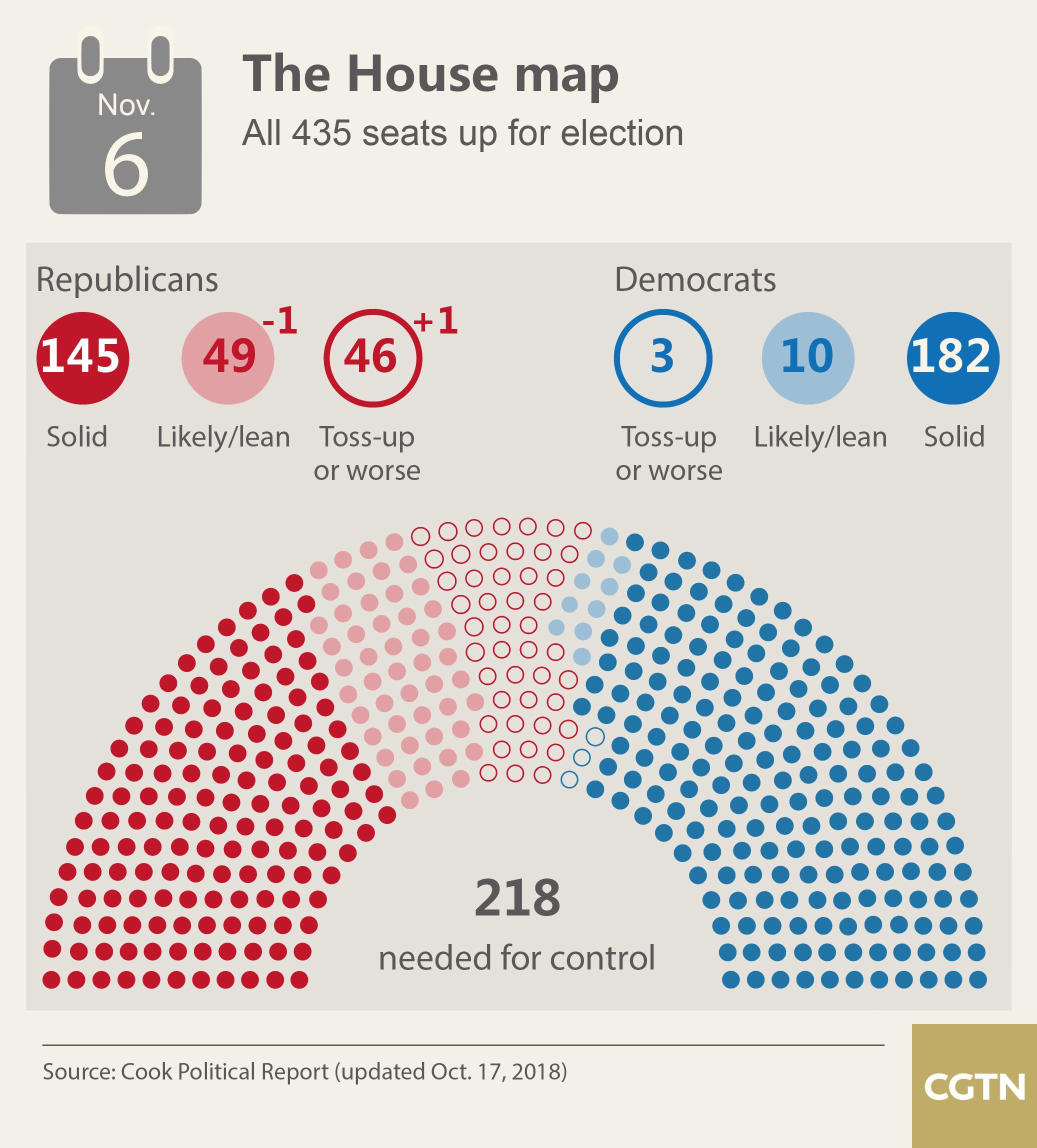
The latest update from The Cook Political Report moves a leaning Republican seat to a toss-up, meaning 46 Republican-held seats are now toss-ups and a further 49 are competitive. Only three Democratic seats are toss-ups and 10 more are considered competitive.
FiveThirtyEight's latest forecast gives the Democrats an 84.3 percent (up from 79.1 percent a week ago) chance of winning control, and the Republicans a 15.7 percent (down from 20.9 percent) chance of retaining a majority.
Current trends suggest: DEMOCRATIC MAJORITY
Senate
Thirty-five seats are up for grabs in the Senate, where the Republicans hold a slim 51-49 advantage. The Democrats only need two seats to take control of the chamber but the Republicans are in the box seat – they are defending nine seats and attacking 26.
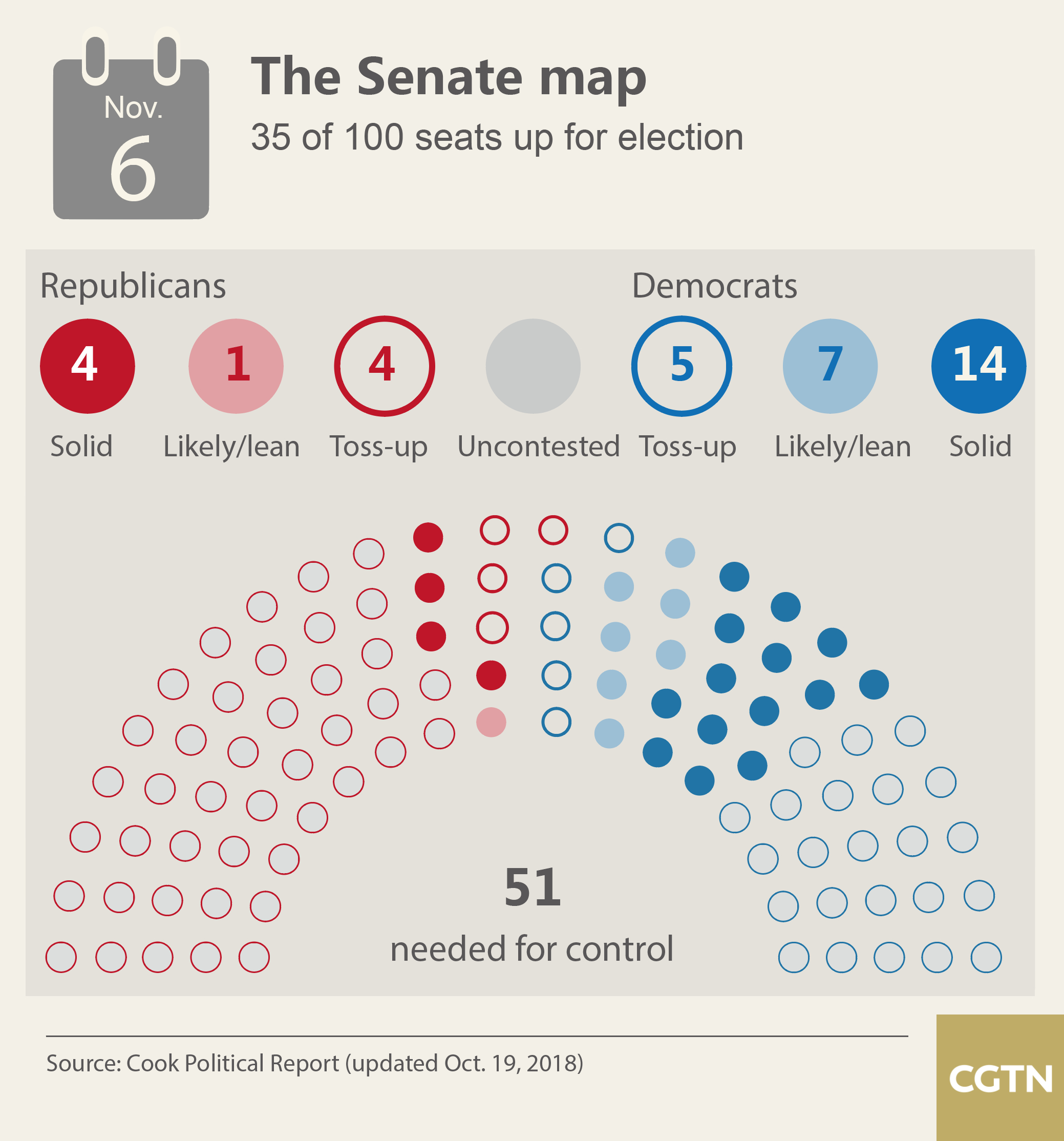
The latest update from The Cook Political Report shows no change from last week. Four of the nine Republican-held seats are toss-ups, and five of the 26 Democrat-held seats fall into the same category.
FiveThirtyEight's latest forecast gives the Democrats a 20.7 percent (up from 18.7 percent a week ago) chance of winning control, and the Republicans a 79.3 percent (down from 81.3 percent) chance of retaining a majority.
Current trends suggest: REPUBLICAN MAJORITY
Gubernatorial
Thirty-six state governor's mansions are being contested in 2018, 26 of which are currently held by Republicans, nine by Democrats and one by an independent.
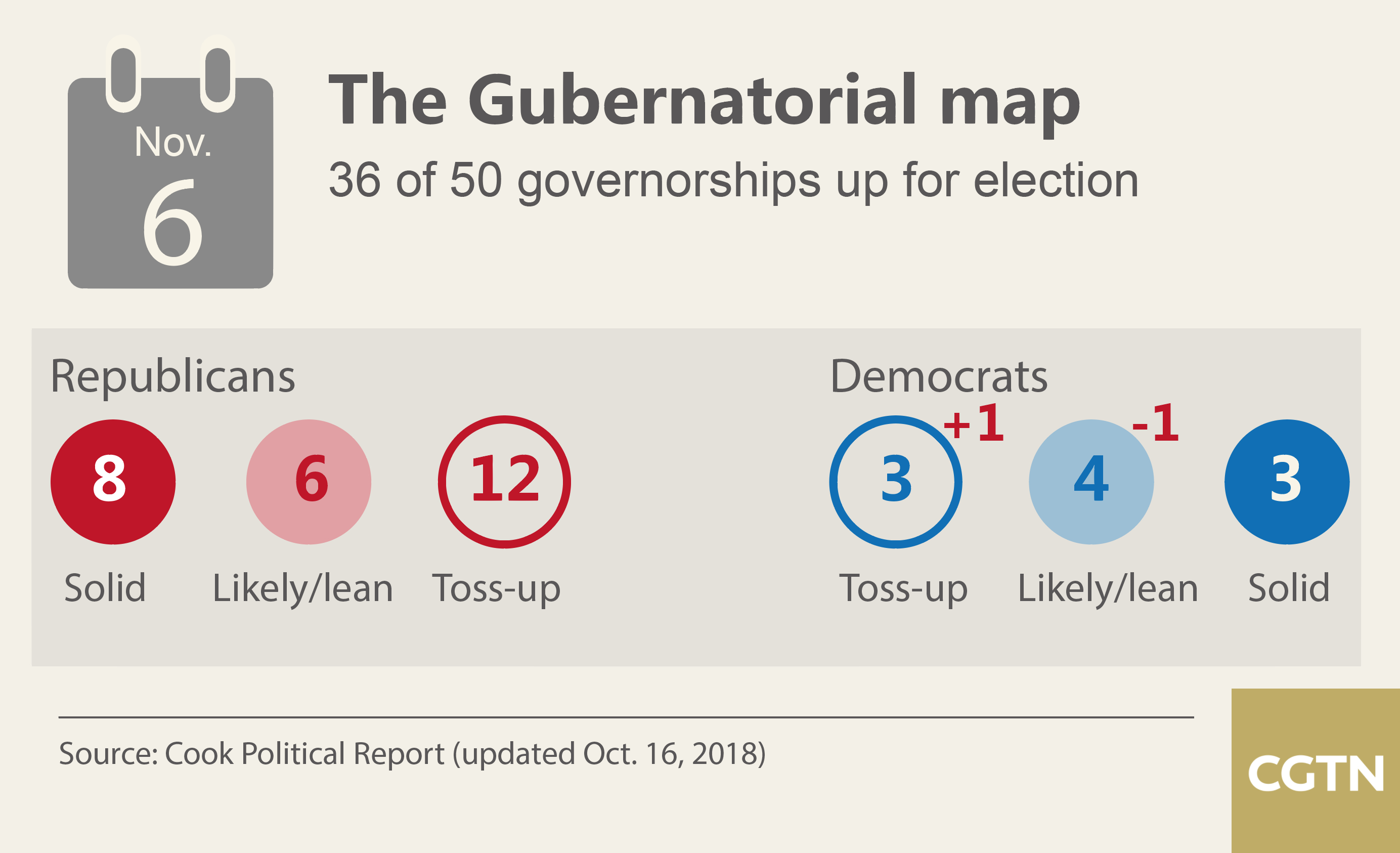
The Republicans currently hold 33 governorships, so 2018 is an opportunity for the Democrats, who are defending three toss-up governorships to the Republicans' 12 according to The Cook Political Report, to hit back.
FiveThirtyEight forecasted an average number of 23.9 states to be governed by Democrats and 26.1 by Republicans.
(Graphics by Zhao Hong, Li Wenyi, Yu Peng)

SITEMAP
Copyright © 2018 CGTN. Beijing ICP prepared NO.16065310-3
Copyright © 2018 CGTN. Beijing ICP prepared NO.16065310-3